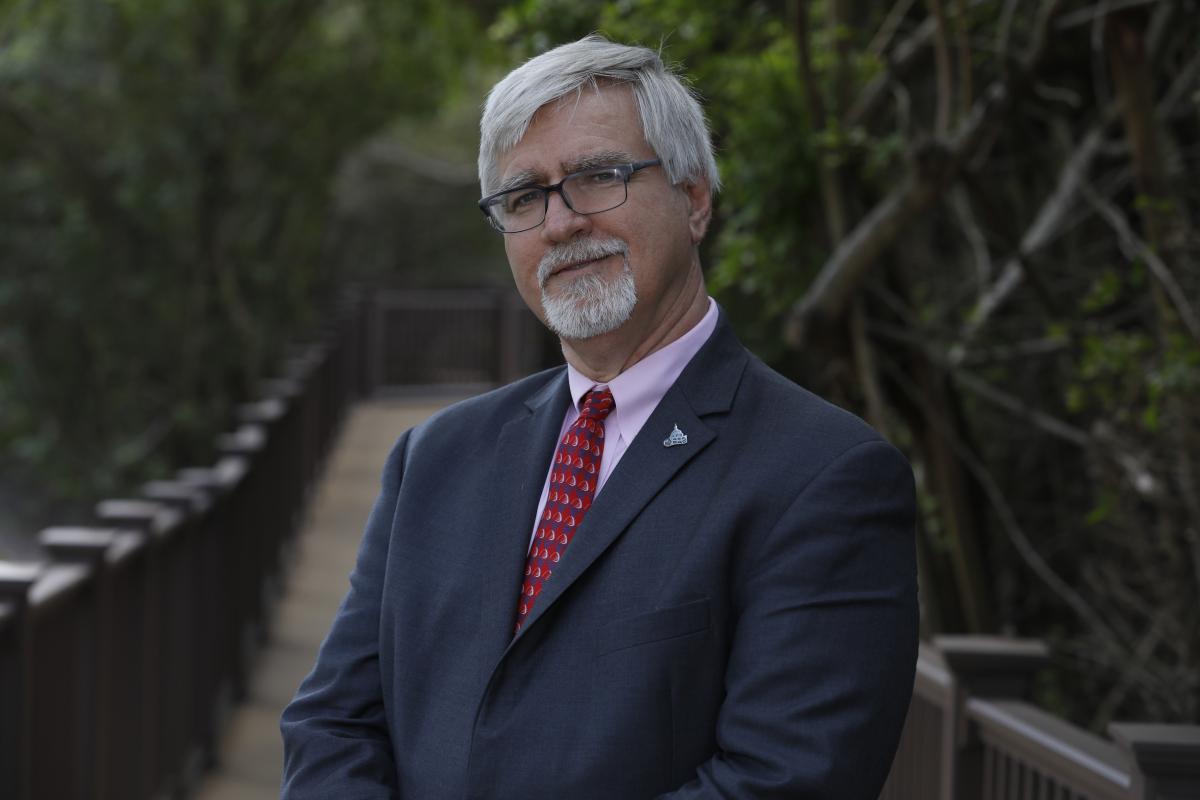 An important decision, made in minutes.
An important decision, made in minutes.
No, that’s not retirement plan savings—though various consumer surveys have suggested that many spend more time mapping out their annual vacations than how they’ll fund their retirement needs.
Rather, that’s how a new whitepaper by Voya’s Thought Leadership Council and SAVVI Financial LLC characterizes the 17 minutes that the average employee spends enrolling in benefits—including health plan selection, voluntary benefits and more.
Now, in fairness, health care plan choices are, in my experience, less complicated that those associated with retirement. Not that they aren’t complicated, mind you—and there’s certainly concern associated with that choice (and “do overs” are hard to come by). But I suspect for most they are really “only” choosing between two, or at most three, different options—essentially packages carefully constructed by their HR groups (likely with the assistance of a benefits broker).
When it comes to that individual decision—that choice between packages—anecdotally, at least, it seems often driven by a couple of key considerations: coverage of one’s physician(s) of choice—and cost. With regard to the latter, it is often focused on one particular aspect—premiums—though, as we’ll see in a minute, co-pays and deductibles can also factor in. Regardless, the choice is almost inevitably a “here and now” decision—one that has financial consequence, to be sure—but one that requires only that one look out no further than the year ahead.
Or does it? That’s ultimately the premise behind that new whitepaper, “Retirement at Risk: The Relationship Between Overspending on Health Care and Retirement Readiness.” The whitepaper’s authors point out that it is a (short-term) decision with long-term consequences—and one that, with the growing consensus of the important links between health and wealth, bears consideration.
The paper basically presents the mathematical consequences of spending (too much) on health care versus how those savings could add up if instead invested for retirement. The math is—well, math. You could apply those financial choices to just about any individual financial decision and the trade-offs represented.
But where things get interesting is the apparent rationale behind those choices—which, based on spending data, would appear to be somewhat “irrational.”
Simplistically, behavioral finance—something that has been employed so successfully in retirement plans to provide better outcomes—has yet to be applied to health care decisions. For example, the paper notes that when plans were branded to include the phrase “high deductible,” almost two-thirds of study participants chose the PPO plan, despite the fact that the high-deductible plan used in the study scenario was the more optimal financial choice. Strip out that label, and participants were just as likely to pick the plan formally known as high-deductible as the traditional Preferred Provider Option (PPO) plan (47% versus 53%)—because, after all, who wants a “high” deductible?
The other challenge, of course, is that these HDHPs are (still) the “new” option. And here, as with retirement savings, inertia proves to be a powerful force. In fact, the paper cites a study that found that 89% of study participants… just chose the same plan they had in the previous year.[i]
In fact, while health care (and health insurance) costs have surely been rising, the paper echoes not only the conclusions, but the causations highlighted in “What’s Holding Back HSAs?”, a whitepaper the Plan Sponsor Council of America published in 2019.
Now, in a perfect, rational world, folks would sit down and ponder the likelihood of filing a medical claim during the coming year—and perhaps think about the out-of-pocket costs if they did. They’d be aware that in 2018, nearly 60% of employees had less than $2,000 in claims—and, according to the Voya whitepaper, approximately 16% had no claims at all. They might even know that, according to a study published in the Quarterly Journal of Economics, the majority of employees at a Fortune 100 company who chose the plan with the lowest deductible—despite the premium costs—ended up spending 24% more on health insurance than they “needed” to.
That, of course, is not the world we live in—and, helpful as the data presented in the Voya report is—well, health needs and health insurance costs tend to loom large(r) as a here-and-now concern that frequently trumps the (relatively) distant obligations of retirement. The Voya report should serve as a reminder that health care and health care costs are, and should be, an integral part of planning for retirement—and one that can, and should, be part of our current planning as well.
And for those for whom it isn’t yet, a reminder that applying some structural changes a la behavioral finance could help us all make better decisions about health—and retirement—and health care costs in retirement.
See also: 5 Ways to a Better HSA.
[i] Indeed, a recent study by the Employee Benefit Research Institute (EBRI) and Greenwald Research found that 32% of those with a traditional health plan did not know whether they were offered an HDHP.

